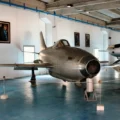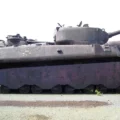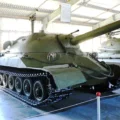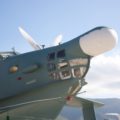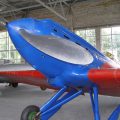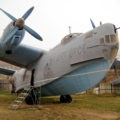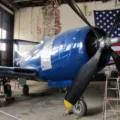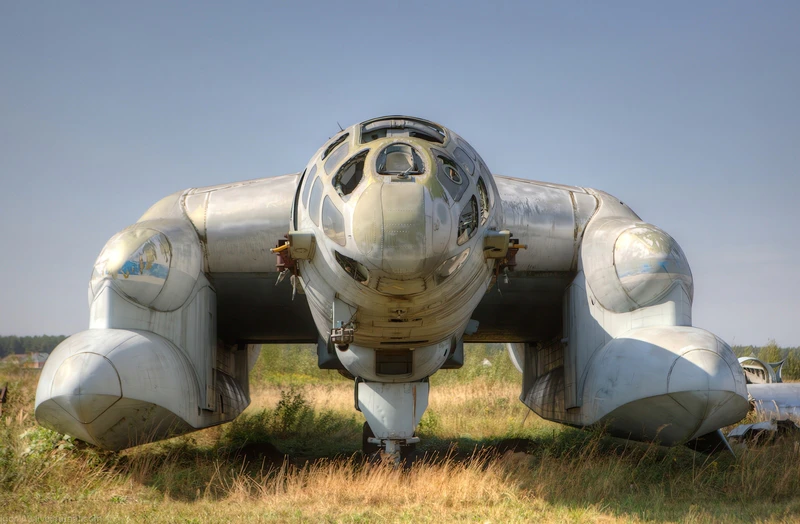
Bartini Beriev VVA-14 | |
|---|---|
| Ország | Szovjetunió |
| Típus | Kétéltű ASW repülőgép |
| Első repülés | 1972. szeptember 4. |
| Beépített | 2 |
A Bartini Beriev VVA-14 A Vertikaľno-Vzletayushchaya Amfibiya (függőleges fel- és kétéltű repülőgép) egy földi hatású repülőgép volt, amelyet a Szovjetunióban fejlesztettek ki az 1970-es évek elején. Úgy tervezték, hogy képes legyen felszállni a vízből és nagy sebességgel repülni nagy távolságokon, valódi repüléseket hajtott végre nagy magasságban, de képes hatékonyan repülni közvetlenül a tengerfelszín felett, aerodinamikai talajhatást használva. A VVA-14-et az olasz születésű robert Bartini tervezte, válaszul az Egyesült Államok Haditengerészetének Polaris rakéta-tengeralattjáróinak megsemmisítésére vonatkozó vélt követelményre. Az utolsó repülőgépet 1987-ben vonták vissza.
Forrás: Bartini Beriev VVA-14 a Wikin
| Bartini Beriev VVA-14 Séta | |
|---|---|
| Fotós | Igor Kolokolov |
| Lokalizáció | Ismeretlen |
| Fénykép | 130 |
Lásd még:
A Bartini Beriev VVA-14 egy egyedülálló repülőgép volt, amelyet a Szovjetunió fejlesztett ki az 1970-es évek elején. Bartini Róbert magyar származású mérnök tervezte, aki a Beriev Design Irodában dolgozott. A VVA-14-et kétéltű repülőgépnek szánták, amely képes felszállni és leszállni a vízre, nagy sebességgel repülni nagy távolságokon, és aerodinamikai földi hatást használni a hatékony repüléshez közvetlenül a tenger felszíne felett. A VVA-14 fő célja az amerikai haditengerészet Polaris rakéta-tengeralattjáróinak fenyegetése volt, amelyek nukleáris rakétákat indíthatnak a víz alól.
A VVA-14 futurisztikus megjelenésű volt, nagy középső szárnyrésszel, amely két turbóventilátoros motort és négy kisebb szárnyat tartalmazott, amelyeket függőlegesen meg lehetett dönteni a felszálláshoz és a leszálláshoz. A repülőgép szárnycsúcsain felfújható pontonok is voltak, amelyeket vízi műveletekre lehetett használni. A VVA-14-et kifinomult tengeralattjáró-elhárító hadviselési rendszerrel tervezték, beleértve a számítógépes Burevestnik rendszert, a Bor-1 mágneses anomália detektort, valamint különböző érzékelőket és fegyvereket.
A VVA–14 fejlesztése három fázisra oszlott: a VVA–14M1 alapvető aerodinamikai és technológiai tesztkörnyezet volt; a VVA–14M2 egy továbbfejlesztett változat volt, amely további hajtóművekkel rendelkezett a függőleges fel- és leszállás (VTOL) képességéhez; és a VVA-14M3 volt a végső működőképes változat teljes fegyverzettel és felszereléssel. Azonban csak két prototípust építettek és teszteltek: egy VVA-14M1-et és egy VVA-14M1P-re módosított prototípust. A projekt számos műszaki nehézséggel szembesült, különösen a felfújható pontonokkal és a VTOL motorokkal, amelyeket beszállítójuk soha nem szállított. Bartini 1974-ben bekövetkezett halála után a projekt elvesztette lendületét, és végül 1987-ben véget ért.
Az egyetlen túlélő VVA-14 most a moszkvai Központi Légierő Múzeumában látható, ahol szétszerelt állapotban marad. A VVA-14 korának egyik legambiciózusabb és leginnovatívabb repülőgép-projektje volt, de soha nem érte el teljes potenciálját, és soha nem állt szolgálatba.
Views : 3408



